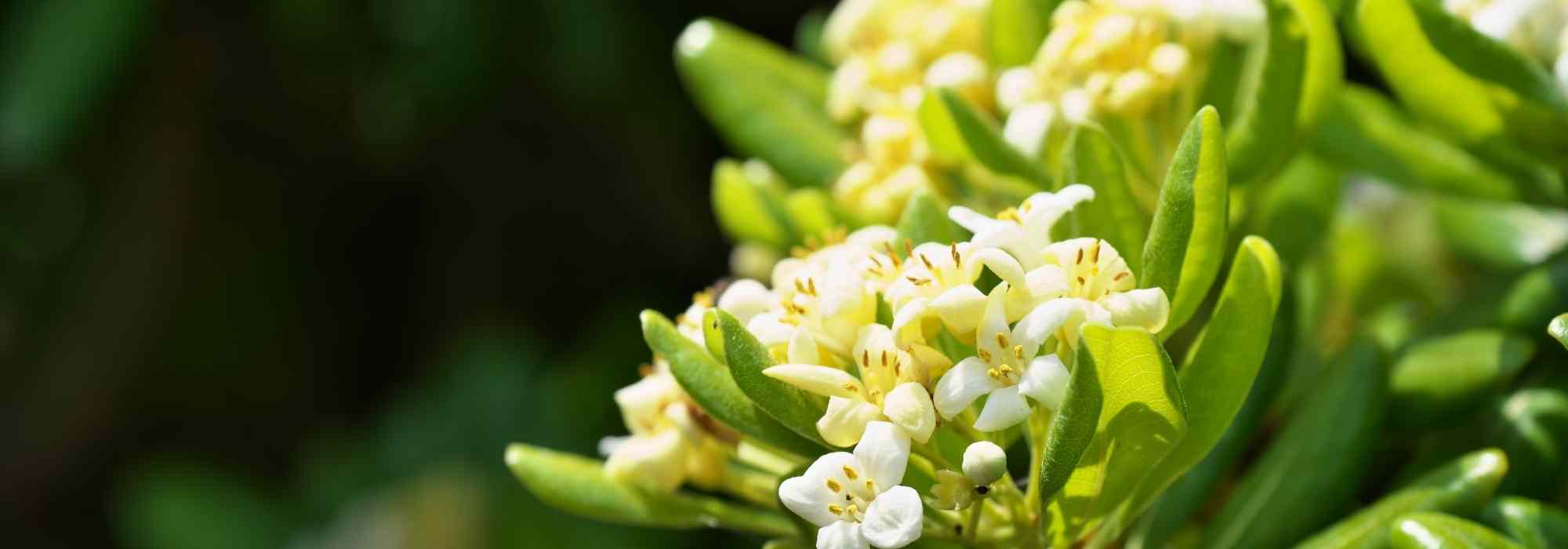
12 evergreen bushes to plant in full sun
Bushes for full sun in the south and beyond!
Contents
Is your garden bathed in sunlight for a good part of the day, and do you want to add colour, height, and volume all year round, or provide a bit of shade? To green up a garden exposed to full south, the evergreen bushesfor full sun are highly valued in gardens. Decorative in every season, some form beautiful hedges, provide structure to your garden, and look lovely even in winter. Whether it’s a small evergreen bush for full sun, a flowering bush all summer in full sun, or a stemmed evergreen bush for full sun, there are many options to create an attractive and lasting display. Hardy, those we have selected can withstand winter outdoors, are not afraid of the blazing rays of the sun, and cope well with hot, dry conditions, ideal for an evergreen bush for full sun and drought. Some love the sun, but mild winters, like the Mediterranean bushes for full sun, while others acclimatise to the north of the Loire, provided they are given a well-sunny position, sheltered from cold winds, and perfectly drained soil; the all-terrain varieties thrive all over France. Perfect in a hedge or as a standalone, in a pot or in a full sun bed, whether large or small, flowering bush all summer in full sun or with remarkable foliage, you will surely find the evergreen bush for sun that you need according to your climate in our selection!
Which evergreen bushes for full sun should you choose?
| Common Name | Hardiness (Min. Temp.) | Exposure | Soil | Particularities |
|---|---|---|---|---|
| Oleander | Down to -7 °C | Full sun | Cool, well-drained | Abundant summer flowering, perfect by the sea, protect from cold |
| Portuguese Laurel | Down to -10 °C | Sun | Well-drained, tolerant | Large, dark foliage, drought-resistant |
| Pittosporum | -7 to -10 °C | Sheltered sun | Dry, well-drained, low lime | Often variegated foliage, orange scent, very ornamental |
| Olive | -12 to -15°C | Full sun | Very well-drained | Very dry and hot, edible fruit, withstands arid summers |
| Cistus | – 12 to -15 °C | Sun | Well-drained | Spring-summer flowering, perfect for dry slopes and dry gardens |
| Strawberry Tree | Down to -10 °C | Sheltered sun | Light, acidic, well-drained | Decorative fruits, evergreen foliage |
| Mexican Orange Blossom | Down to -15 °C | Sheltered sun | Rich, cool, well-drained | Fragrant flowering, glossy foliage, good in pots or borders |
| Japanese Spindle | Down to -10 °C | Sheltered sun | Ordinary, cool, well-drained | Shiny, variegated foliage, beware of harsh winters |
| Mahonia | Down to -20 °C | Sun (north), partial shade (south) | Well-drained, porous | Winter flowering, very graphic foliage, exotic appearance |
| Creeping Snowberry | Down to -20 °C | Sun | Deep, not too dry | Wavy foliage, large size, ideal for free hedges |
| Eleagnus (oleaster) | Down to -20 °C | Sun to partial shade | All types, even dry | Bright foliage, very resistant (wind, drought, pollution) |
| Alaternus | Around -10 °C | Sun (north), partial shade (south) | Gravelly, well-drained | Good tolerance, variegated foliage, free hedge or border |
| Common Yew | Down to -25 °C | Sun to shade | Neither too dry nor waterlogged | Ideal for topiary, very hardy, flexible foliage |
Read also
10 evergreen bushes for dry soilEvergreen bushes for mild winters in full sun
- The Oleander (Nerium oleander): it is the typical Mediterranean bush for full sun found in southern gardens. It forms a beautiful, upright, ramified clump at the base, nicely rounded, covered with long, evergreen green leaves. It is highly valued for its very long and generous summer flowering in shades of pink, red, white, yellow, or salmon. Its hardiness is generally quite poor, especially during its early years: it rarely survives beyond -7 °C. Therefore, its cultivation in open ground is reserved for regions that do not experience excessively cold winters. Perfectly drought-resistant, it will only flower abundantly in sufficiently cool, deep soil, with regular watering in summer. It is an excellent hedge plant by the sea, but also a beautiful specimen to plant in isolation in a hot location. In the northern half of France, it can be placed in large pots in full sun throughout the beautiful season. In the warmer regions of our country, in the sun, you can also plant its cousin, the Portuguese Laurel, a large bush (6-8 meters tall) with beautiful dark green, glossy foliage, decorative all year round, even in winter. It is equally drought-resistant and ornamental!
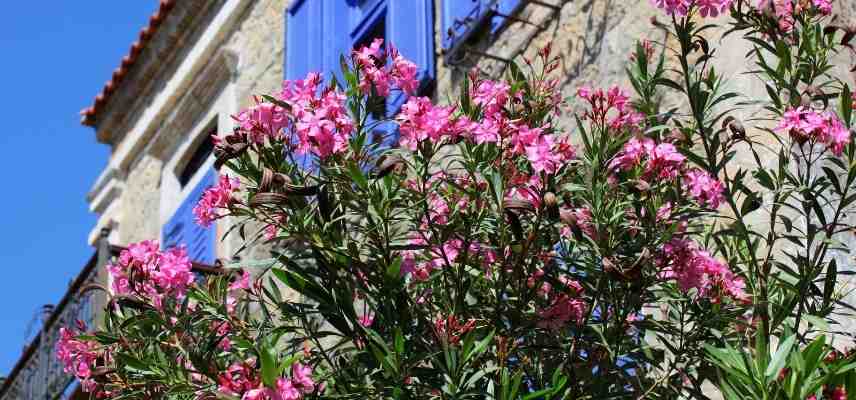
⇒ Everything you need to know about oleander
- The Pittosporum: it is an elegant, somewhat tender bush, highly valued for the beautiful diversity of its foliage, either plain or variegated, as seen in Pittosporum tenuifolium ‘Elisabeth’. Its spring flowering in white, yellow, red, or purple bell-shaped flowers, depending on the variety, reminds one of the scent of orange blossom in Pittosporum tobira. Be cautious of its hardiness, which rarely exceeds -7 to -10 °C. Most species and varieties need protection from frost, or should be grown in pots in cold climates. It thrives in dry, not overly calcareous, well-drained soil and in sunny locations, sheltered from dry or cold winds. It is an ideal bush for coastal areas or in a dry Mediterranean-type garden. With its harmonious, naturally rounded habit, it can be planted in hedges, borders, and can be shaped into topiary.
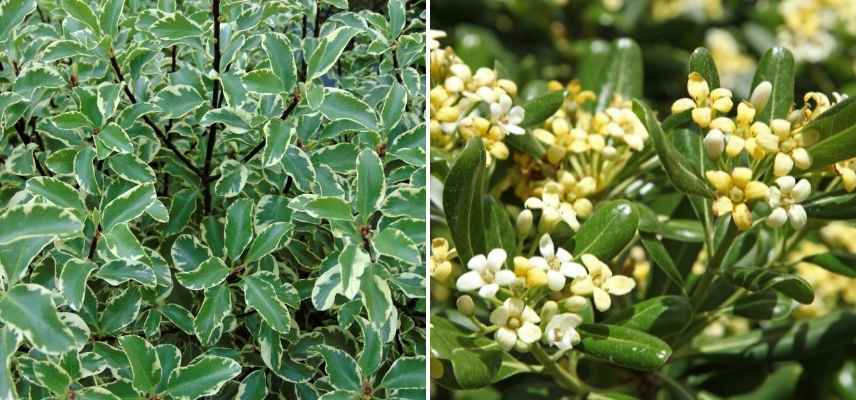
Pittosporum tenuifolium ‘Variegatum’ and Pittosporum Tobira
- The Olive Tree: it is the emblematic fruit tree of Mediterranean gardens, very drought-resistant. With its typical, evergreen, silvery foliage, it evokes warmth and sunshine. Tender, it can, however, withstand temperatures below -10 to -12 °C, sometimes down to -15 °C in well-drained soil, its cultivation in open ground is reserved for regions with mild winters and dry, hot summers (“olive zone”). Elsewhere, it will be grown like greenhouse plants, in a large pot, to be stored in winter in a conservatory or greenhouse. Although some olive trees have acclimatised in very well-drained soil and in very sheltered locations north of the Loire. It requires a sunny spot, sheltered from cold winds and draughts, and a permeable, well-drained soil. Cold combined with humidity is fatal to it.
⇒ Everything you need to know about the Olive Tree.
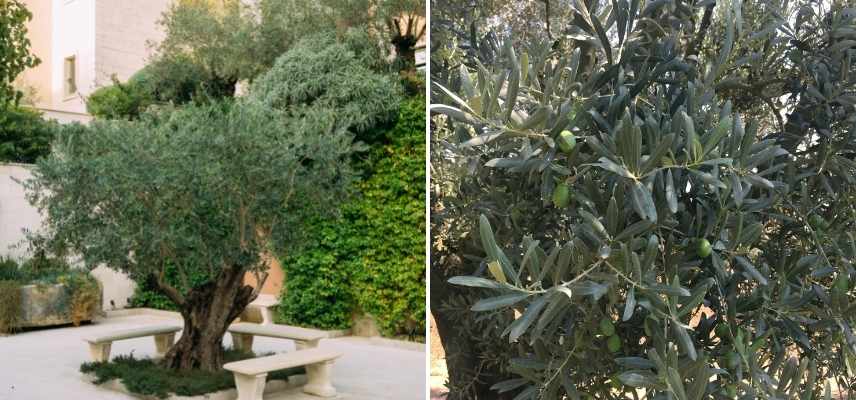
- The Cistus: this small bush from the garrigue, typically Mediterranean, forms beautiful bushy clumps interesting for their evergreen foliage. The colour of the leaves varies according to the varieties, from the fluffy silvery green of Cistus albidus to the variegated form of Cistus (x) corbariensis. Very floriferous from spring to summer, it is covered with rose-like flowers, mainly white or pink. Among the hardiest are Cistus salviifolius, the Cistus of the Corbières, and Cistus x pulverulentus, which can withstand temperatures down to -12 °C, even -15 °C, in well-drained soil and in sunny, sheltered locations. It grows in full sun and only in well-drained soil. However, its cultivation in open ground is reserved for mild climates. It is perfectly adapted to drought, ideal for gardens spared from severe frosts. Versatile, it can be used as a full sun bush for borders, free hedges, dry rockeries, to cover an ungrateful slope, or even on a terrace or balcony in sunny locations in our coldest regions.
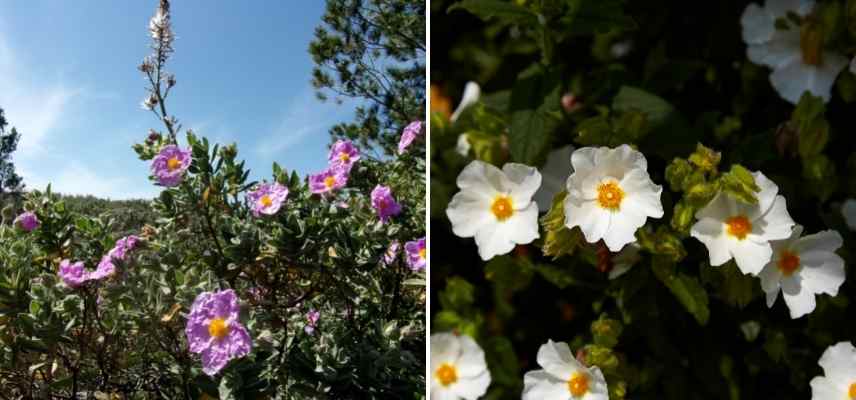
- The Strawberry Tree: with its decorative and edible red fruits and its lush foliage that remains green all year round, it is a must-have on the Mediterranean coast or in a warm to mild Atlantic climate. It fears severe frosts. It is grown in rather acidic, light, well-draining soil, even very dry in summer and in the sun, sheltered from cold and dominant winds. It is perfect for creating a free hedge or dressing a wall in mild climates. It can be grown in pots in regions with less mild winters north of the Loire.
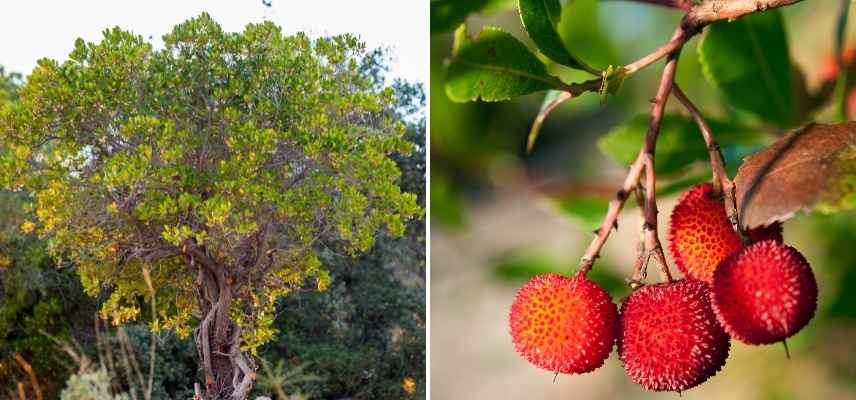
→ Read more on the topic: “The Strawberry Tree: an edible fruit to discover”
Discover other Evergreen shrubs
View all →Available in 0 sizes
Available in 1 sizes
Available in 1 sizes
Available in 1 sizes
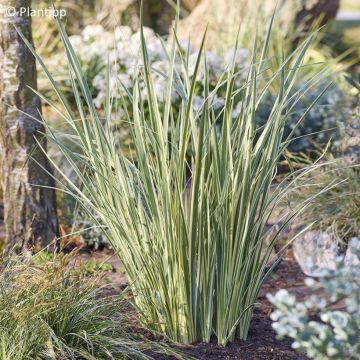
Available in 1 sizes
Available in 1 sizes
Available in 1 sizes
Available in 1 sizes
Available in 2 sizes
Available in 1 sizes
Evergreen bushes for full sun in the north
- The Mexican Orange Blossom or Choisya: this beautiful bush with an exotic appearance captivates us with the beauty of its glossy evergreen foliage throughout the year, its abundant spring flowering with a delicate citrus fragrance, and its impressive hardiness! It is one of the few evergreen bushes capable of withstanding brief frosts of around -15 °C, as well as summer drought. Its cold resistance can sometimes be challenged north of the Loire during severe frosts, which is why you should ensure it is planted in a sunny spot, well sheltered from cold winds. We particularly love choisya ternata ‘Sundance’ or ‘Goldfinger’ with their magnificent golden yellow leaves, very bright whether in a hedge, as a standalone, or in a pot on the terrace. It prefers rich, cool, and well-drained soils and acclimatises well in most regions.
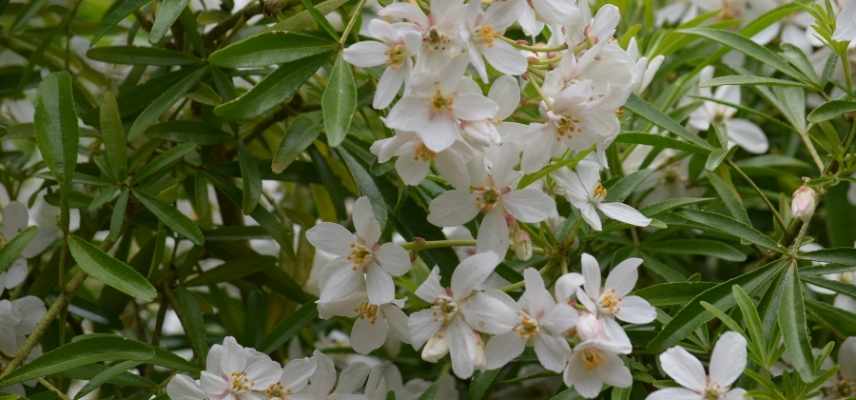
Choisya ‘Aztec Pearl’
⇒ Everything you need to know about: “Mexican Orange Blossom, Choisya ternata: planting, pruning, and maintenance” adapts to any well-drained soil and all exposures,
- The Japanese Spindle or Euonymus japonicus: within the very diverse family of spindles, we find the spindles with evergreen leaves like Euonymus japonicus. This bush brightens the garden even in winter. It has a dense, both upright and bushy habit. It is very interesting for its beautiful glossy, evergreen foliage, often variegated. Some varieties like Euonymus japonicus ‘Benkomasaki erecta’ resemble boxwood or even yew. Variegated cultivars like ‘Aureus’ rarely exceed 1.50 m in all directions and are very bright, making them perfect if you are looking for a small evergreen bush for full sun! Some, like Euonymus japonicus ‘Duc d’Anjou’, prove to be quite hardy. Rather suited to coastal areas, this type of spindle acclimatises quite well in less clement regions, provided it is grown in full sun, in a well-sheltered position. It grows in ordinary soil, even calcareous, but must remain cool. Too hot and dry climates are not suitable for this elegant bush, nor are very harsh winters. In case of drought, water it to maintain beautiful foliage. In winter, protect it during the first few years with a winter cover and a thick layer of mulch on the ground.
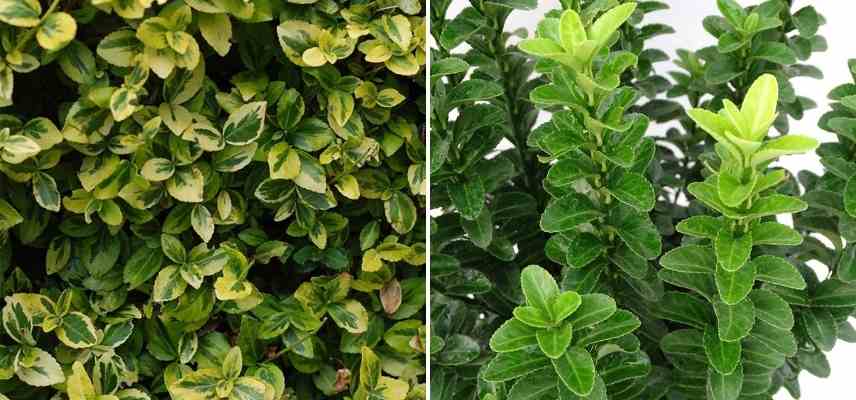 Euonymus japonicus ‘Aureus’, Euonymus japonicus ‘Benkomasaki'” width=”856″ height=”400″ /> Euonymus japonicus ‘Aureus’, Euonymus japonicus ‘Benkomasaki’
Euonymus japonicus ‘Aureus’, Euonymus japonicus ‘Benkomasaki'” width=”856″ height=”400″ /> Euonymus japonicus ‘Aureus’, Euonymus japonicus ‘Benkomasaki’- The Mahonia: here is a bush appreciated for its very graphic evergreen foliage even in winter. Its large leaves divided into spiny and shiny leaflets can reach up to 60 centimetres long! Mahonia ‘Soft Caress’ impresses with its long, very fine leaves devoid of spines, resembling a fern, while Mahonia Media ‘Charity’ surprises with its spiny leaflets, dark green in colour, taking on glowing tones in winter. Flowering in the heart of winter, in long bright yellow panicles, mahonia inevitably catches the eye in the garden when other plants are still dormant. With its original and finely cut foliage, and its clusters of yellow flowers, mahonia brings an absolutely exotic touch to the garden in mid-winter. Preferring shade or partial shade in the south of France, it can nevertheless tolerate full sun in the north of the country. Once mature, it is often hardy down to -20 °C. Preferably place it in a sheltered spot from cold winds and frost. It likes well-drained and porous soils.
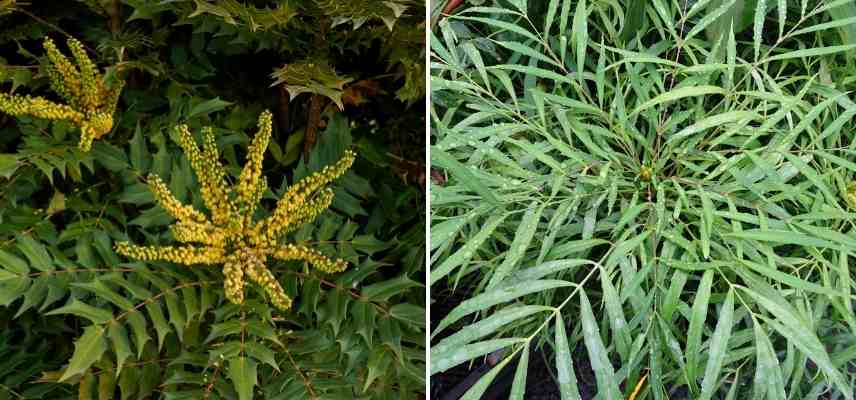 Mahonia x media ‘Charity’ and Mahonia ‘Soft Caress'” width=”856″ height=”400″ /> Mahonia x media ‘Charity’ and Mahonia ‘Soft Caress’
Mahonia x media ‘Charity’ and Mahonia ‘Soft Caress'” width=”856″ height=”400″ /> Mahonia x media ‘Charity’ and Mahonia ‘Soft Caress’- The Viburnum rhytidophyllum: if you want a viburnum that remains green during the bad season, opt for this species of large Chinese bush viburnum. Its large, crinkled, and pendulous leaves, dark green and glossy, have earned it the nickname “Wrinkled Leaf Viburnum”. It is a large evergreen bush that will reach 3 to 5 m in all directions at maturity, perfect for a free hedge. In spring, it is covered with small cream-white flowers followed by attractive red fruit. Hardy beyond -20 °C, it only requires a sunny exposure and fairly deep, not too dry soil to thrive.
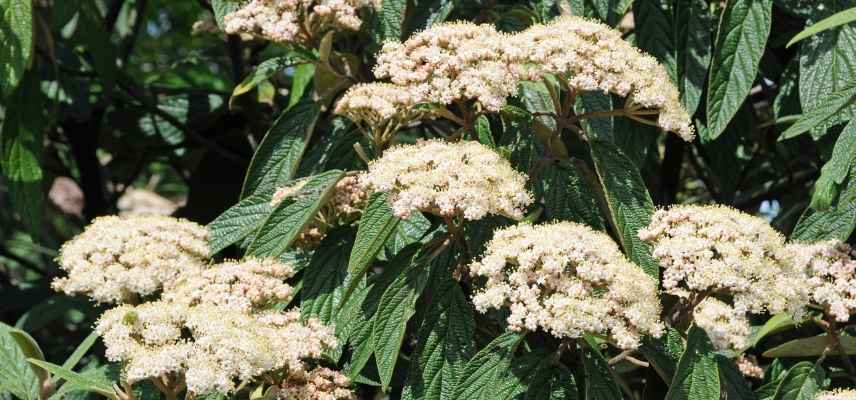
Read also
10 hardy evergreen shrubsBushes for full sun that grow everywhere
- Eleagnus, or oleaster: here is a fast-growing evergreen bush for full sun! C’is also a versatile bush, highly valued for its bright green, silver, or variegated foliage. Cultivars of Elaeagnus ebbingei such as ‘Limelight’, ‘Gilt Edge’, or ‘Eleador’ are particularly remarkable, as they retain their foliage in winter. It is among the most drought-resistant bushes, tolerant of strong winds, salt spray, and pollution. Hardy and exceptionally adaptable, it grows anywhere and thrives in all soils. It is the preferred bush for creating trimmed hedges or windbreaks.
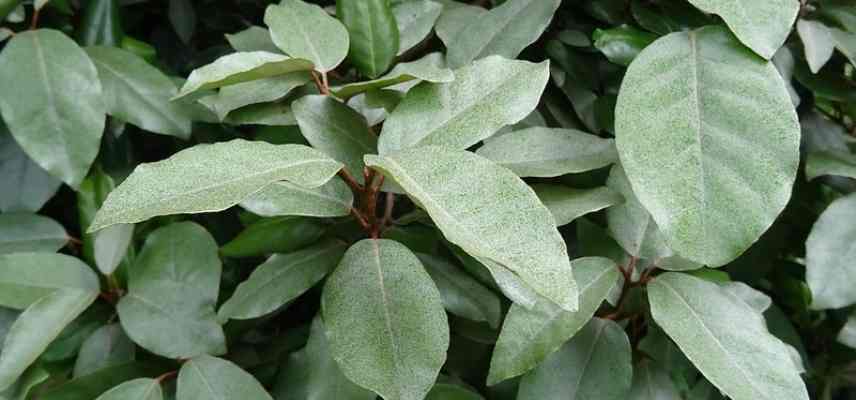
- The Rhamnus alaternus or Italian buckthorn: it forms a bush 1 to 5 m high, generally tolerant of all situations. It quickly develops a ramified, erect bush covered with small, leathery, evergreen alternate leaves, variegated with white in the ‘Argenteovariegata’. However, the flowering remains discreet. While it is one of the prettiest bushes for dry gardens in shaded areas, it also thrives in sunny exposure in cool climates, preferably shaded in dry and hot climates. It is an excellent plant for free hedges or borders.
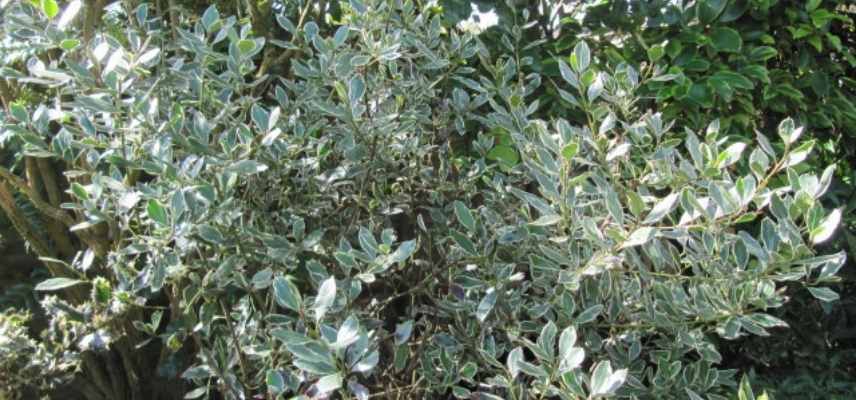
Rhamnus alaternus ‘Argenteovariegata’
- The Common Yew (Taxus baccata): we appreciate its dense, evergreen foliage and its typically erect, conical silhouette. It is comfortable almost everywhere! Like many conifers, it tolerates both sun and dense shade, cold, and can be planted in all our regions. It also withstands wind and salt spray, as well as air pollution. Just avoid waterlogged soils or, conversely, very dry ones. Its foliage consists of linear leaves, resembling thorns, but soft and non-spiky. They are dark green, but there are particularly bright varieties with yellow leaves, such as Taxus baccata ‘Semperaurea’. It helps to structure the garden. It is the ideal plant for topiary, as it withstands even drastic pruning.
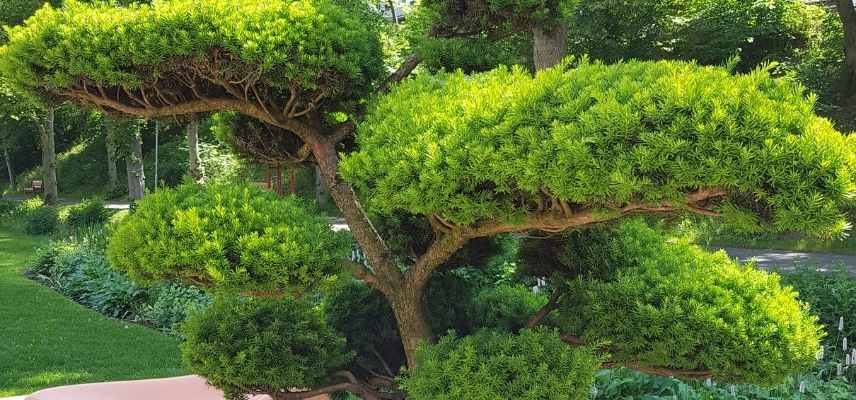
Taxus baccata in topiary
- Subscribe!
- Contents
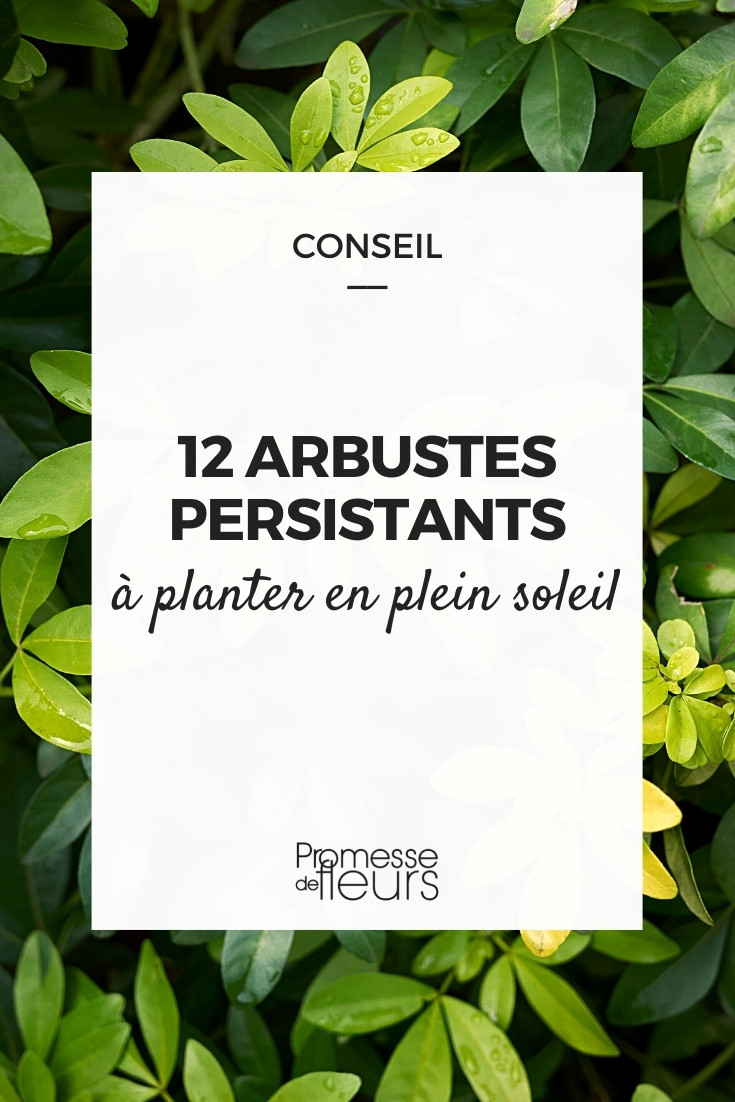































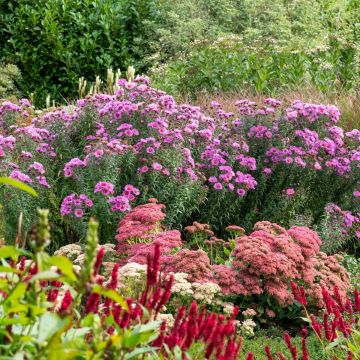
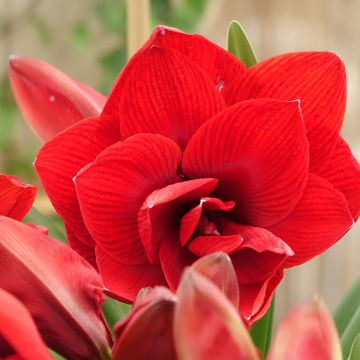


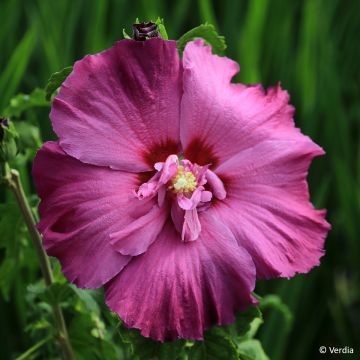
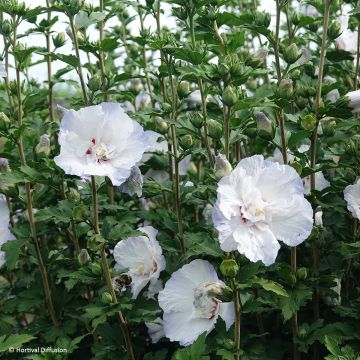
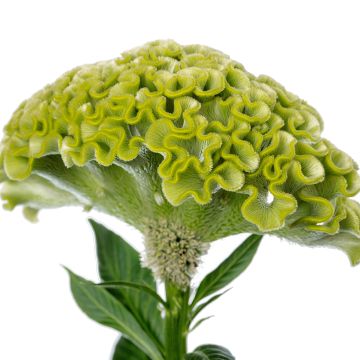
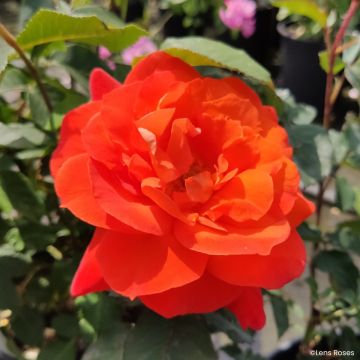
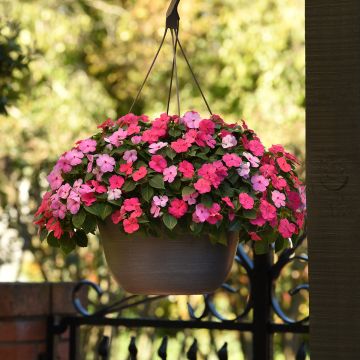
Comments